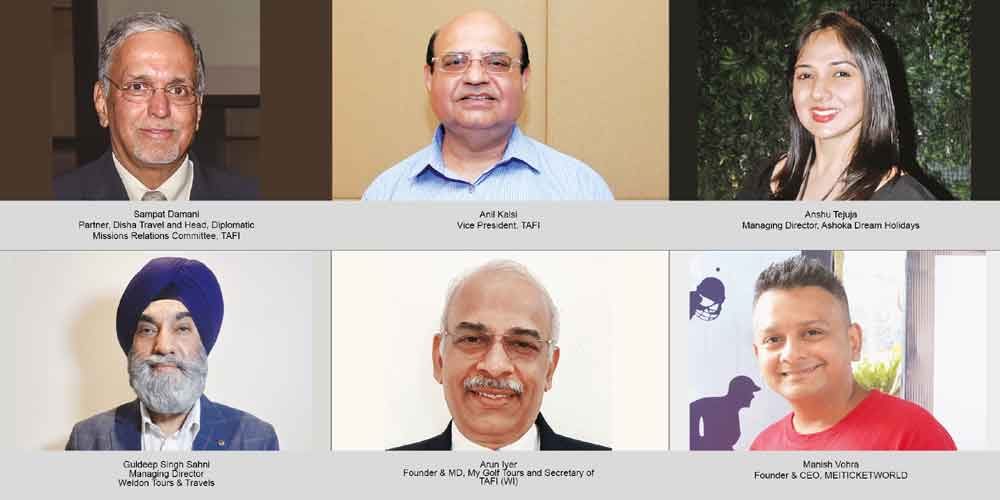Technological advancements have been pivotal in reshaping strategies and enhancing customer experiences in the field of airline retailing. Rajeev Kumar, Founder, CEO & MD, Mystifly, delves into the transformative impact of emerging technologies like NDC and AI on airline retailing.
TT Bureau
How has technology evolved to reshape airline retailing strategies? What are some notable technological advancements?
In recent years, technology has transformed airline retailing strategies, and the advent of advanced data analytics has revolutionised airline retailing. Real-time data analytics tools enable airlines to analyse various factors, such as demand, competitor pricing, and flight status, allowing them to adjust prices to maximise revenue per passenger dynamically. Moreover, behavioural data and purchase history analysis empower airlines to offer personalised recommendations, significantly boosting conversion rates and average order value.
Additionally, embedded finance solutions have streamlined payment and settlement processes in the airline industry. With innovative B2B payment and real-time settlement solutions like our ‘Airlinepay solution’, airlines can unlock new revenue streams and improve operational efficiency, ultimately gaining a competitive edge in the market. The evolution of cloud-based infrastructure platforms has also significantly enhanced agility, reliability, and cost-effectiveness for travel technology providers and sellers. Modern scalable infrastructure solutions address legacy challenges and expedite speed to market, enabling airlines to adapt quickly to changing market dynamics and consumer preferences.
Could you discuss the impact of emerging technologies like NDC and AI on airline retailing?
Airline retailing embarked on a transformational journey around 15 years ago, aimed at modernising the packaging and sale of air travel. This shift was primarily driven by the opportunity for airlines to generate significant “ancillary revenue” by offering additional services beyond traditional ticket sales, such as premium seating, priority boarding, lounge passes, and checked bags. The global ancillary revenue has now surged to an estimated $62 billion, as reported by IdeaWorks, showcasing the substantial return on investment. Providing crucial technological support, advancements have been pivotal in the realm of “airline IT and distribution” over the past decade. Progress varied across channels, encompassing innovations, such as airline website and mobile app enhancements, and the adoption of New Distribution Capability (NDC) .
How can personalised retailing contribute to increased customer satisfaction and loyalty? What challenges do airlines face in implementing effective personalised retailing strategies, and how can they overcome them?
Travellers today, especially the Gen Z, expect all vendors, including airlines, to offer user-friendly, convenient, and personalised shopping experiences similar to those provided by retailers like Amazon. These shoppers want airlines to remember their preferences, understand their likes, and make it fast and easy for them to find what they are looking for. The biggest challenge airlines face in implementing effective personalised retailing strategies is overcoming and bridging the legacy technical and commercial models that have been entrenched for over 50 years, all while ensuring that the world’s airline commerce is not disrupted. The path to overcome this challenge is for airlines to strategically embrace new technologies and align with supply chain partners willing to embrace change to improve their bottom line.
 TravTalk India Online Magazine
TravTalk India Online Magazine





